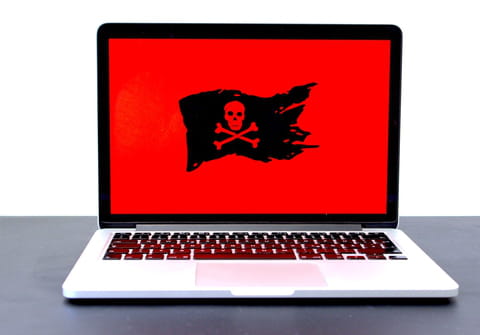Restore hidden by a virus files on your memory card

One of the consequences of infected by a virus memory cards is that all the folders and files on it become hidden. If this is your case and you are searching for a solution, then keep reading – this article discusses how to get back hidden files and folders.
What to do beforehand?
Before you go through the following steps, make sure that your files and folders are not simply in hidden mode.
If this is not the case, make sure the files and folders are not deleted. You can do that by plugging your memory card into your computer. Next, open the directory and right click on the empty space and select Properties. This way, you will see the available space on your memory card. If all the files and folders are hidden and not deleted, then the space won’t be entirely free.
Another way to do this is to scan your memory card with your antivirus program. This procedure will inform you about the number of files scanned. Once again, if they are hidden and not deleted, the number will be higher than zero.
How to remove a virus with a program?
You can delete autorun.inf files with a program:
- Download and install Autorun Exterminator or a similar software.
- Double-click on the program.
- Now plug your memory card.
- This will remove the autorun.inf files from your memory card and also from the drives.
Your files and folders should now be visible on your memory card.
How to remove a virus manually?
You can also do it manually by following these steps:
- Plug your memory card.
- Click on the Start button (Windows icon on the desktop).
- Type Run and press Enter.
- Now type cmd and press OK.
- Let’s assume your card is called G. Type (or copy and paste) attrib -h -r -s /s /d g:\*.* in the Command Prompt. Note that you should replace the letter G with the letter of your memory card.
Your files and folders should now be visible on your memory card.
What are the further steps?
There is one more thing that you can do and that we recommend:
- Download and install Malwarebytes.
- Open and set it to Full scan and then perform it (the default selected option is Quick scan).

